A new Cold War is upon us—or at least that is how some commentators are describing the message of Vice President Mike Pence’s recent speech on China at the Hudson Institute. President Donald Trump and his national security team are not the first to call for a more competitive approach toward China; nonetheless, the shift they are implementing in U.S. foreign policy is hard and fast. In this strategic competition, as in the Cold War, the Trump administration has assumed support from allies in Europe and Asia. Yet, as Shakespeare’s Hotspur once asked of spirits: “Will they come when you do call for them?”
The times, they are a changin’
A shift in Washington’s view toward Beijing is far from unreasonable. As Kurt Campbell and Ely Ratner recently have outlined in Foreign Affairs, several assumptions underlying American post-Cold War policy toward China have been found wanting; consequently, the “policies built on such expectations have failed to change China in the ways we intended or hoped.” Economic liberalization has not begot political opening. Beijing’s relative military security—no nation was positioned to invade China—did not translate into regime security for the Chinese Communist Party.
Furthermore, China’s behavior has intensified across a range of domains. Beijing is flexing its maritime military muscle, whether by reneging on its promise not to militarize islands in the South China Sea or recklessly closing on a U.S. destroyer in international waters. Chinese political influence operations in Australia or moves at the U.N. Human Rights Council are challenging free and open societies abroad. Meanwhile at home, President Xi Jinping’s administration has overseen a dramatic backsliding in human rights in its piloting of an Orwellian social credit score and the creation of “reeducation camps” in Xinjiang.
The dynamics have changed in the Asia-Pacific. It is only natural that U.S. policy change as well.
Peninsular perspective
Yet, it does not automatically follow that America’s Indo-Pacific allies are in lockstep with Washington’s shift. This potential divergence was evident on a recent study tour to South Korea, arranged by the National Bureau of Asian Research and the Korea Foundation. I am not a Korea expert, so I would not venture to analyze South Korean politics or strategy—particularly after a single trip. Suffice it to say that discussions with South Korean officials and academics made evident that daylight exists between their conversations on China and the strategic competition framework that is emerging in the United States.
Such a gap is understandable. The inter-Korean challenge consumes considerable South Korean policy bandwidth. Domestic economic concerns loom large in the national conversation. For those who can look beyond these more immediate issues, they cannot ignore the geographic and economic reality that is China. If it is difficult for the United States to reconcile its strategic competition approach with its economic relationship with China an ocean away, it should be no surprise that South Korea confronts the same challenge, only magnified.
Common aims precede common strategy
Thus, even if one were to wholly endorse Pence’s concerns around China 2025 or Beijing’s growing defense spending, the question remains as to whether allies and partners will answer the U.S. call?
For many, concerns similar to those in Seoul define the region. The Philippines, under Rodrigo Duterte, continues to hedge between China and the United States. Australia, while responding to Chinese influence operations, looks warily at a Sino-American trade war that could undercut economic growth. Even Japan, perhaps most aligned with the United States and most guarded toward China, looks to improve relations as Prime Minister Shinzo Abe prepares to visit Beijing. The United States cannot successfully address the challenges that China poses to American interests and regional order without recognizing and cooperating with the outlooks and interests of those allies and partners.
Such a statement is mundane, and yet the Trump administration has failed to do exactly that with its unilateralist approach. Washington needs to provide leadership that illustrates a commitment to more than a future of “America First, America Alone.” As my colleague Robert Kagan has argued, the United States struck such a “grand bargain” after World War II, in which Washington gained “strategic hegemony” but “would not use that hegemony to constrain [allies’] economic growth. It could not insist on winning every transaction.”
Yet, to allies, Washington’s actions must appear exactly that. Sitting in Seoul, the United States appears to claim special privileges on every front, whether by questioning the value of the U.S.-ROK alliance or demanding the renegotiation of the KORUS trade deal. Such behavior undercuts belief that Washington aspires to lead an international system where Americans’ success does not come at the price of Koreans, and vice versa.
Messaging matters
Today the United States must offer the world a blueprint forward beyond strategic competition oriented toward combatting the worst dimensions of China’s international behavior. As Van Jackson recently described it, competition with China alone is not a strategy because “the democratic world doesn’t need or want America to be China’s great power competitor.” Nations, whether as close as East Asia or as far as Europe, may share concerns around Chinese economic practices or creeping revisionism. Nonetheless, they need to be motivated to act on these concerns by a vision of a world in which these matters are addressed for them—not merely resolved in a manner that substitutes Beijing’s transgressions for bullying from Washington.
Here the Trump administration must recall the insight behind the unprecedented vision of the Marshall Plan. The “profound exhaustion of physical plant and spiritual vigor” that George Kennan described spurred the United States to action not because Americans feared communism would win over Europeans on its own merits, but rather that it would seem the least bad avenue available to weary populations. In 1947, America needed to provide a better option; today is no different. To put it as plainspoken men as George Marshall would have: You can’t beat something with nothing.
The United States must offer a global vision of something more. The Trump administration is not the first to struggle with this since the Cold War. George H.W. Bush grappled with “the vision thing.” Barack Obama oversaw a military and economic “rebalance” to Asia, but lacked an overarching narrative in which to frame these policy prongs.
Yet, Trump stands apart from his predecessors in the distinct change in rhetoric and tone. While past presidents may have struggled to articulate a full vision for the future of international order, few doubted that the U.S. approach was one open to the interests and views of partners and allies. The same is not true today.
No amount of tactical success can fully compensate for a shaky strategic foundation. Until bolstered, it remains an open question whether when Washington calls on the allies, will they see it in their interest to stand alongside the United States?
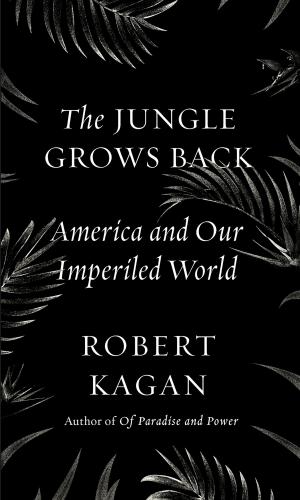
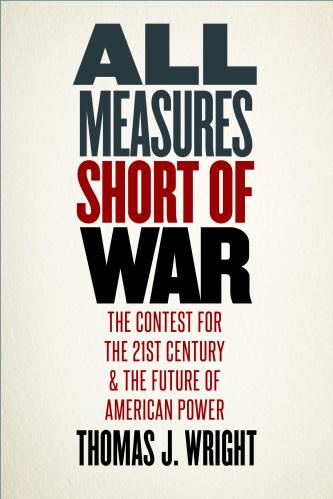
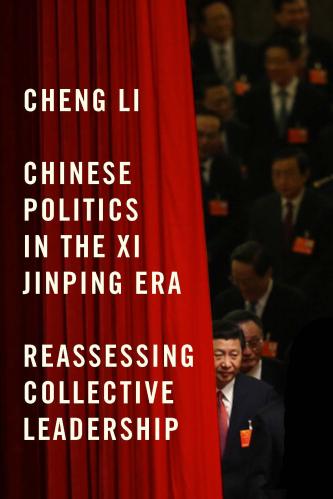
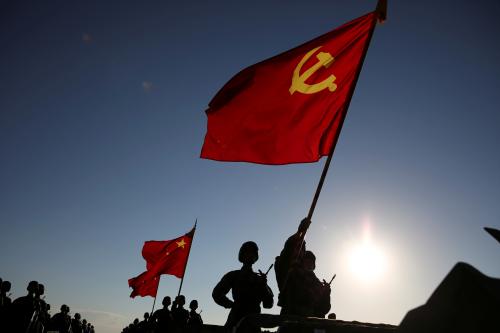

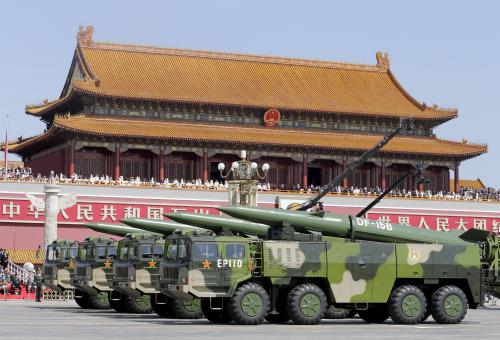

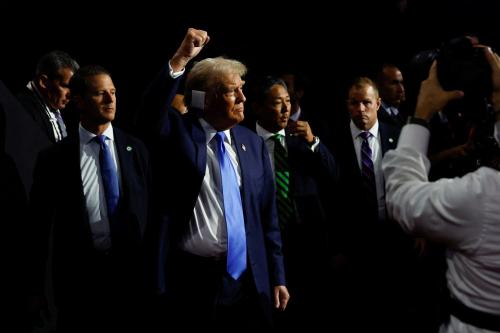
Commentary
“Strategic competition” with China—Necessary but not sufficient
October 19, 2018